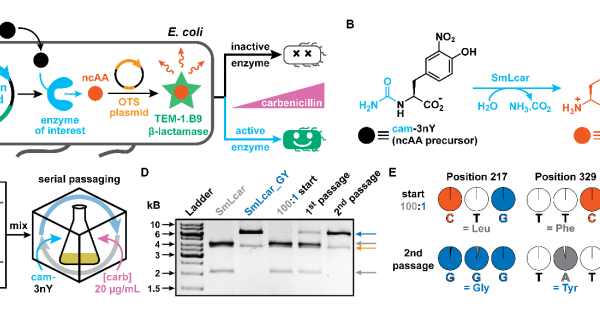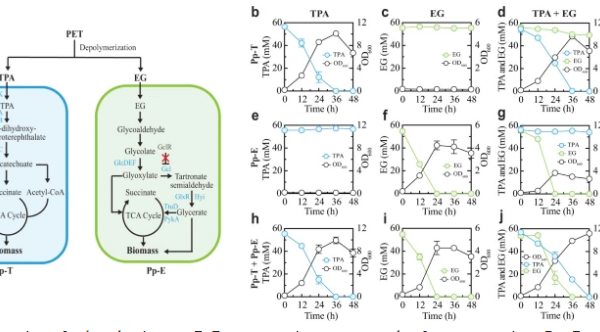
Metabolic engineering transformation of lipolytic Yeast produces a high yield of 17.6 g/L lycopene
Introduction Compared with methods such as chemical synthesis, using engineering microorganisms to produce high value-added products is a very attractive approach. However, when long and complex compound synthesis pathways are introduced into cells, such as isoprene like compounds, cells activate some regulatory mechanisms to respond to changes in the external environment and achieve their…














